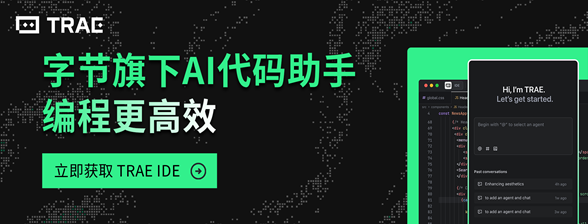Altman’s AI Forecast: 2026 – 2030 Unveils a New Era of Technological Breakthroughs
OpenAI CEO Sam Altman recently published a blog post foreseeing that AItechnology has passed a crucial juncture. The AIbase editorial team delvedinto this prediction, analyzing its far – reaching impacts.
AI’s IrrEVErsible Ascent
Altman noted that AI development has entered an acceleration phase, leadinghumanity towards an AI ‘gentle singularity’. Current AI systems, like chatgptand subsequent models with complex reasoning capabilities, signal that themost arduous scientific hurdles have been surmounted. OpenAI’s recentadvancements in reasoning models, such as o1, which show near – expertperformance in programming, mathematics, and scientific reasoning, supportthis view. The exponential progress of AI will reshape economic, social, andtechnological landscapes, integrating smoothly into daily life and offeringunparalleled productivity and creativity.
2026: AI as a Discoverer
Altman anticipates that in 2026, AI systems will autonomously discover novelinsights. Based on current reseARCh trends like DeepMind’s AlphaFold andOpenAI’s theorem – verification models, these systems will not only processexisting knowledge but also propose innovative solutions in science,engineering, and medicine. This evolution from a ‘tool’ to a ‘discoverer’ willoffer new knowledge perspectives, boost R & D efficiency, and drivetechnological progress.
2027: Robots in the Real World
By 2027, AI – driven robots will enter the real world. Through the deepintegration of AI and robotics, such as via reinforcement learning andmultimodal models, these robots will handle complex physical tasks. They willpossess generality, adapting to various environments. Tesla’s Optimus andFigure AI’s developments have laid the groundwork for this, potentiallyleading to large – scale commercialization of robotics technology.
2030s: Abundance of Intelligence and Energy
In the 2030s, Altman envisions an era of extreme intelligence and energyabundance. AI will serve as a super lever for humanity in softwaredevelopment, artistic creation, and scientific discovery. His concept of’computational cost index decline’ suggests that AI operating costs willapproach energy costs, achieving ‘nearly free intelligence’. However, thisrequires sufficient energy and chip support, highlighting the industry’s racefor computational power.
Industry Impact and Governance
Altman’s predictions will reshape multiple industries. In research, AI willspeed up drug development and materials science. In manufacturing andservices, robots will improve efficiency. In creative industries, AI willlower the creation threshold. Economically, it will bring new jobs whileeliminating some traditional ones. Altman also stressed the need for robustgovernance and safety measures to ensure technology benefits all. Businessesshould plan AI strategies early, and governments need flexible regulatoryframeworks.
Future Outlook
Altman calls this AI development stage the ‘gentle singularity’, which, thoughraPid, is controllable. However, it also brings ethical and distributionalchallenges. The period from 2026 – 2030 is crucial for AI’s transition fromexperimentation to popularization. All stakeholders are encouraged to embracethis transformation and explore AI’s infinite possibilities.


